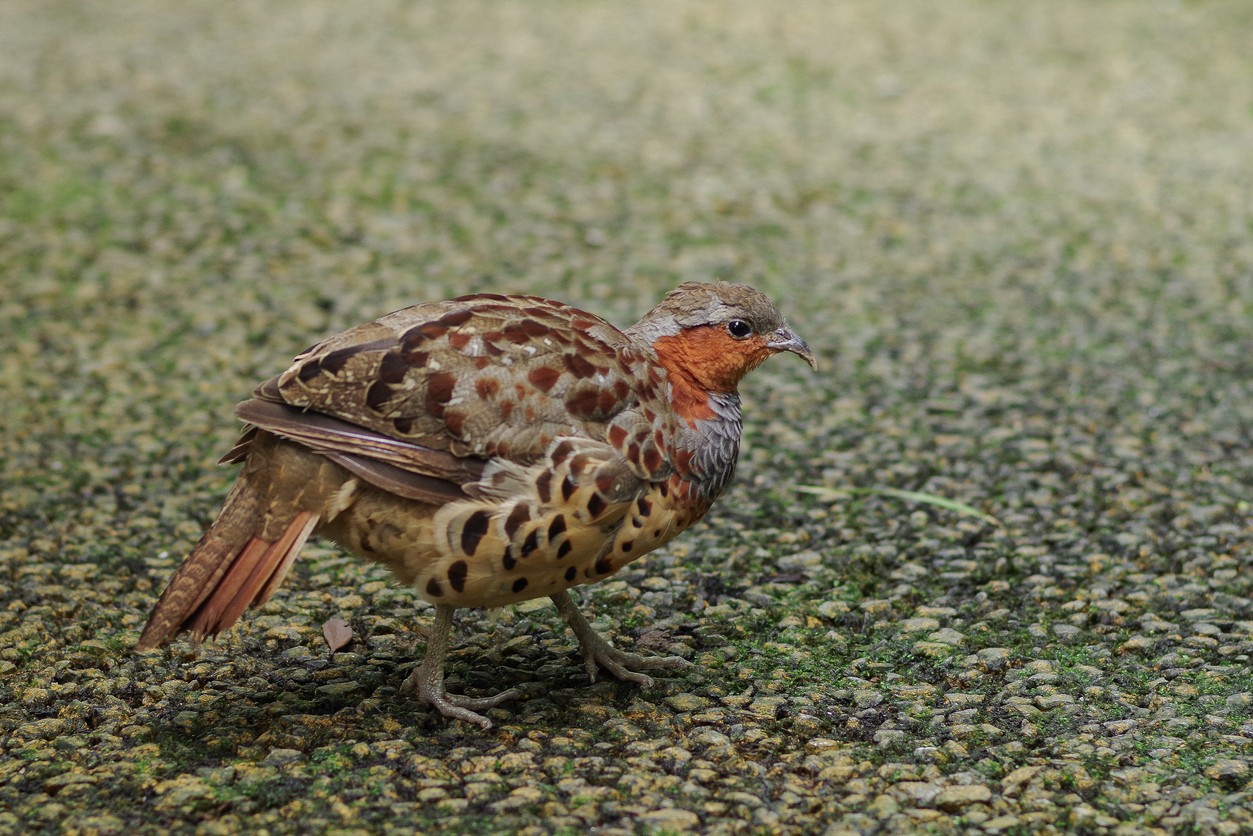Chinese Bamboo Partridge
A species of Bamboo partridges Scientific name : Bambusicola thoracicus Genus : Bamboo partridges
Chinese Bamboo Partridge, A species of Bamboo partridges
Botanical name: Bambusicola thoracicus
Genus: Bamboo partridges
Content
Description General Info

Description
The Chinese bamboo partridge is a small bird, intermediate in size between the Coturnix and Perdix species, reaching a size of 31 cm, with males being slightly larger than females. The breast and back are mottled in black, chestnut, and cream colours, with black spots on the flanks and above. The partridge's face and throat have rich fulvous and rufous tints. The breast is yellow-ochre, with pale greyish blue and taupe above the eye and down to the neck. Like the long-billed partridge, bamboo partridge exhibit well-developed flight feathers. Their tails are broad and squared. The wings are long and narrow. The birds are capable of sustained flight and move from the sub-canopy of steep hillside forest to the forest floor several times throughout the day. 
Size
32 cm
Nest Placement
Ground
Feeding Habits
Chinese Bamboo Partridge primarily feeds on seeds, nuts, bamboo shoots, and leaves, supplemented with invertebrates like locusts, termites, and ants, exhibiting varied foraging behaviors and adapting well to its bamboo forest habitat.
Habitat
The chinese Bamboo Partridge predominantly occupies bamboo forests, complemented by surrounding shrubs and grassy areas. These birds are adapted to regions that exhibit significant bamboo vegetation, usually up to elevations of 1000 meters, though they can be present in locales reaching 2000 meters above sea level. They exhibit arboreal roosting habits, where they seek refuge in the trees within their habitat.
Dite type
Granivorous
General Info
Feeding Habits
Bird food type
Behavior
Like many Galliform bird species, the birds prefer hiding to flight, but will readily flush if approached, startling pursuers with loud wingbeats. Within the forest, bamboo partridge are known to fly uphill, weaving through timber. This is an unusual behaviour, recorded only in the unrelated koklass. Like the related Coturnix species, francolins and junglefowl, males broadcast loud, multi-syllabic calls throughout the day and throughout the year. These vocalisations serve as challenges to other birds as well as location calls and anti-predator alarms. The loud contact call, often rendered as ki-ko-kuai or kojukkei (the latter rendition being adopted as its Japanese name) is repeated several times before slowing to a stop. This call is heard far more than the bird is usually seen, and though the species is common throughout its limited range, it is elusive and secretive. 
Distribution Area
The bird is native to eastern mainland China, and has been introduced successfully to Japan, Hawaii and Argentina. It is found in warm forests and grasslands and is not entirely dependent on bamboo, despite its name. The Taiwan bamboo partridge was formerly considered a subspecies. 


Scientific Classification
Phylum
Chordates Class
Birds Family
Phasianidae Genus
Bamboo partridges Species
Chinese Bamboo Partridge